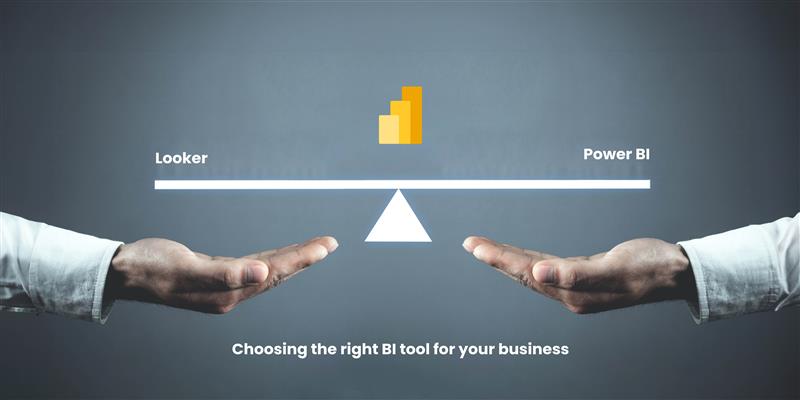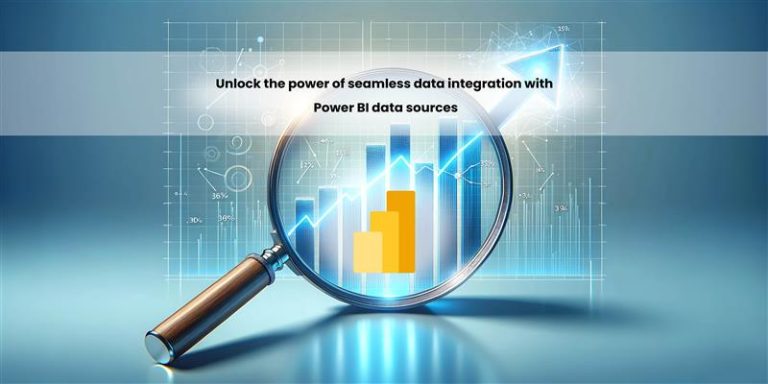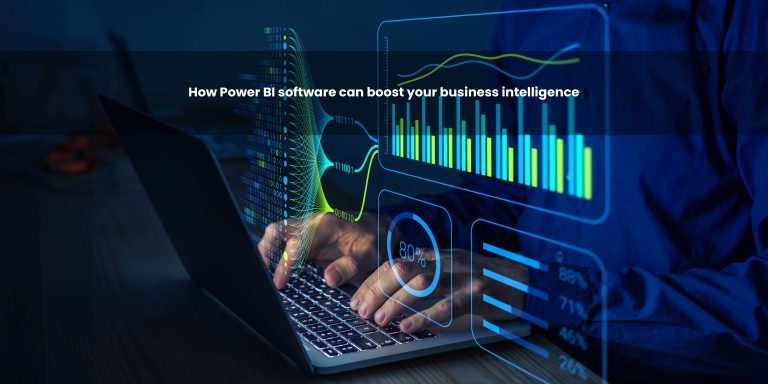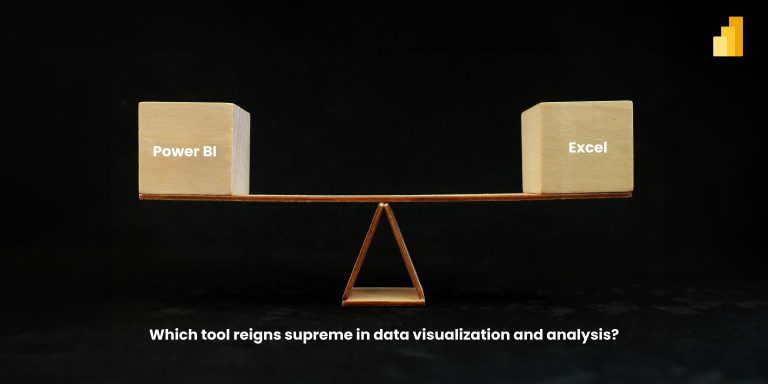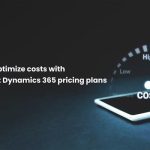In a world where data drives every decision, choosing the right Business Intelligence (BI) tool can transform how you analyze and act on information. Looker vs Power BI are two leading platforms that offer unique strengths tailored to different business needs. In this blog, we’ll explore their key features, benefits and use cases to help you decide which tool is the perfect fit for your organization.
What is Looker?
Looker, a Google Cloud product, is designed for businesses seeking advanced analytics in a cloud-first environment. With LookML, a proprietary modeling language, users can create highly customized metrics and ensure consistency across dashboards.
What sets Looker apart is its ability to scale effortlessly within cloud ecosystems, making it ideal for enterprises that rely on Google Cloud. Whether you need centralized metrics, robust data governance or seamless integration with other Google tools, Looker is built to empower data teams.
Want to know more about Looker? Visit their official website.
What is Power BI?
Power BI, from Microsoft, stands out for its simplicity and affordability. It offers an intuitive user interface, drag-and-drop functionality, and a broad range of visualization options that appeal to users of all skill levels.
One of Power BI’s biggest strengths is its deep integration with Microsoft’s ecosystem, including Excel and Dynamics 365. If your team is already familiar with Excel, transitioning to Power BI will feel natural while offering far more advanced analytics capabilities.
Thinking about how Power BI compares to Excel? Read more in our blog: Power BI vs Excel: Which One is Best for You?
Key benefits of Looker
- Advanced customization – Looker’s LookML empowers data teams to define metrics and create custom reports tailored to unique business needs.
- Cloud scalability – Built natively for the cloud, Looker is perfect for enterprises needing a platform that scales their data requirements.
- Unified analytics – With centralized data metrics, Looker ensures consistency across reports, reducing the risk of errors.
- Google ecosystem integration – Seamlessly integrates with Google Cloud tools like BigQuery, ensuring smooth data operations.
Looker is ideal for businesses with dedicated data professionals who require advanced capabilities and cloud-native analytics solutions.
Key benefits of Power BI
- Ease of use – Its drag-and-drop interface makes it accessible even for beginners, allowing quick and easy insights without extensive training.
- Cost-effective – With a free version and an affordable Pro plan starting at $10/user/month, Power BI is budget-friendly for businesses of all sizes.
- Powerful visualizations – Offers a vast library of visuals and the ability to create custom dashboards tailored to specific KPIs.
- Microsoft integration – Seamlessly works with Excel, Teams, and other Microsoft tools, providing a familiar and cohesive user experience.
If your business needs a straightforward, cost-efficient BI tool with minimal setup time, Power BI is a perfect choice.
When to choose looker
Choose Looker if your business prioritizes
- A cloud-native infrastructure with scalable analytics.
- Advanced customization through a powerful modeling language.
- A centralized, consistent approach to defining and sharing business metrics.
When to choose power BI
Choose Power BI if your business values
- Accessibility and ease of use for team members at all skill levels.
- Affordability, with a free version and low-cost Pro options.
- Strong integration with Microsoft’s suite of tools, particularly Excel.
Final thoughts
Looker vs Power BI both offer exceptional BI capabilities, but the choice depends on your organization’s unique needs. Looker is best suited for large enterprises looking for advanced, scalable analytics within the cloud. Power BI, with its user-friendly interface and cost-effectiveness, is a versatile choice for businesses of all sizes, especially those familiar with Microsoft products.
Still unsure? Dive deeper into Looker’s offerings or explore Power BI’s features.
Check out the related blogs for further reading
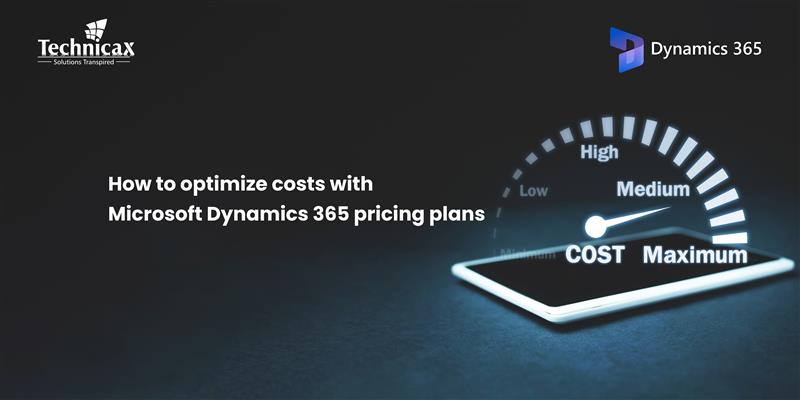
How to optimize costs with Microsoft dynamics 365 pricing plans
Microsoft Dynamics 365 pricing can be complex, but with the right approach, businesses can control costs while maximizing…
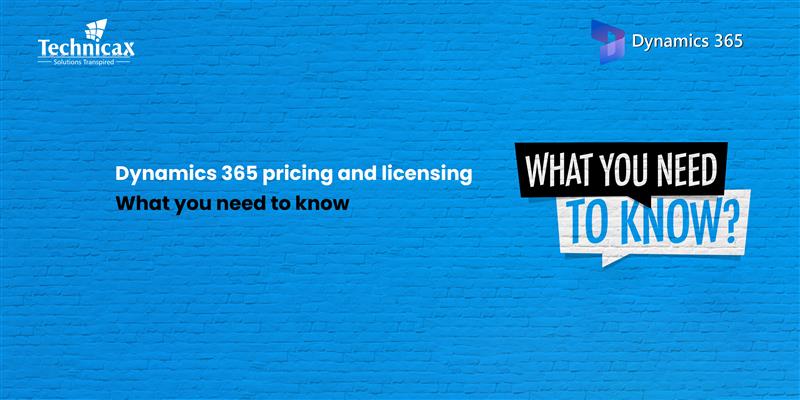
Dynamics 365 pricing and licensing – what you need to know
Microsoft Dynamics 365 is a cloud-based suite of business applications designed to help organizations manage operations efficiently. It…

Dynamics 365 Fraud protection – key features and benefits for businesses
Fraud is a growing concern for businesses, significantly impacting revenue, security, and customer trust. As digital transactions continue…

